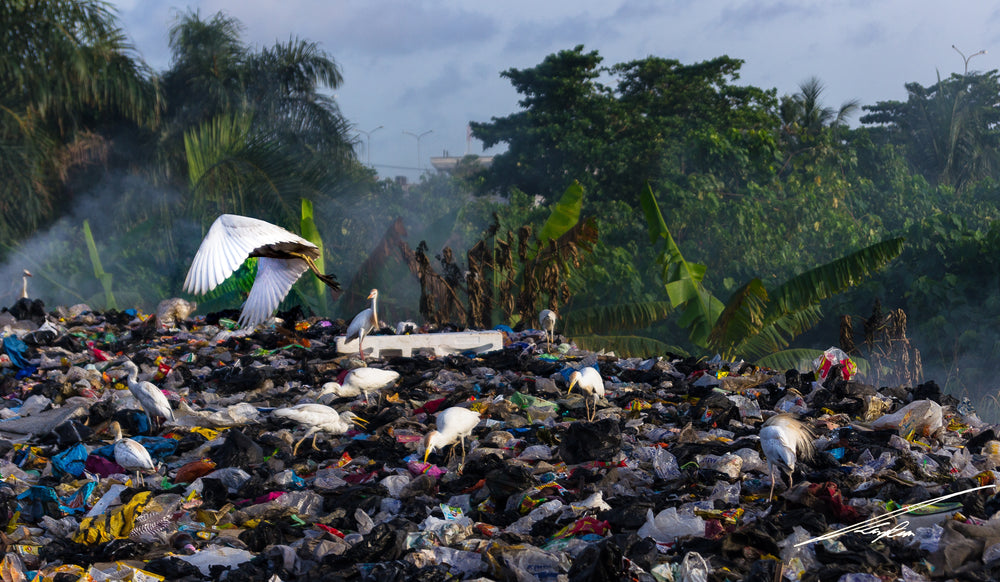News
5 Food Waste Facts That Will Make You Rethink Your Habits

When you want to start living more sustainably, you may try to reduce the usage of plastic, commute by bike rather than a car, or use a solar battery to recharge your phone. But have you ever thought that certain small and presumably ‘harmless’ everyday actions, like throwing away some veggie leftovers, also affect the environment?

Think about this: approximately one-third of all food produced in the world is not consumed. Well, this sounds very irrational, especially when almost one billion people in the world are hungry. But apart from this striking disbalance in the amount of food we waste and the number of people who suffer from undernourishment, there are some alarming environmental tendencies connected to food waste. Read on to learn why every piece of garbage matters.
1
The food that is ultimately lost or wasted generates about 8% of global greenhouse emissions every year. First of all, this happens because of all the energy, water and fertilizers used to grow and produce food. All these immense resources not only leave a huge carbon footprint but also get misspent. On the top of that, instead of being composted naturally, the food waste most often ends up in the landfills where it emits harmful greenhouse gases.
At Click & Grow, we believe that growing at least some of your food at home is not only fun and stress-relieving, but it also contributes to a better environment. Grow your own vegetables, herbs and greens, harvest and use only as much as you need at a time!